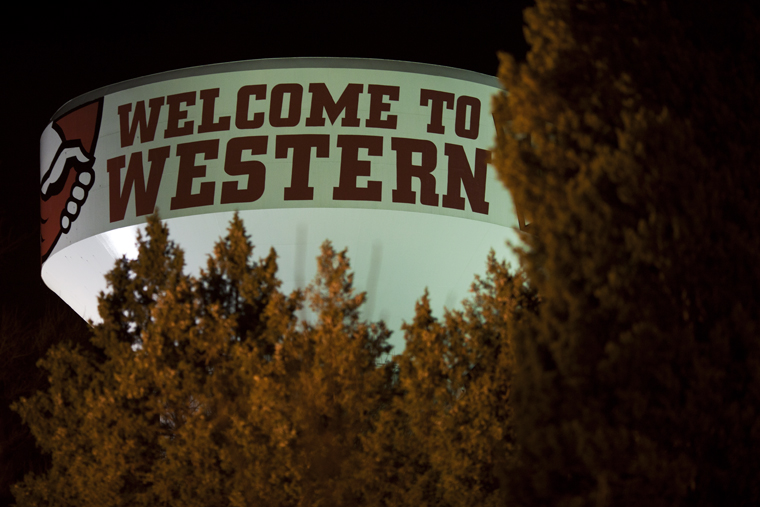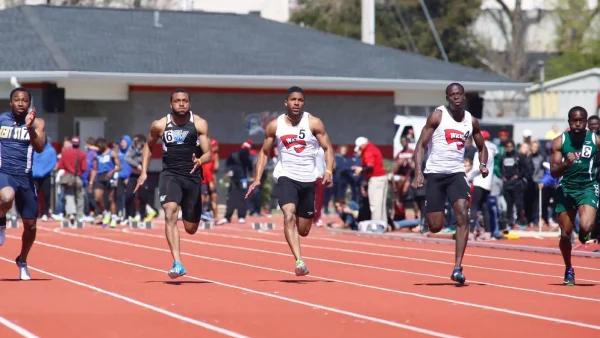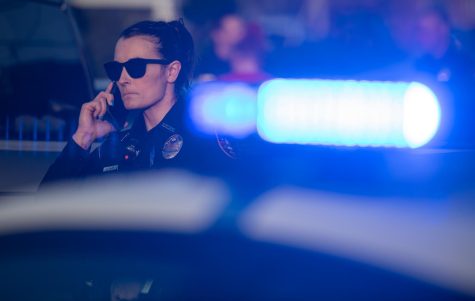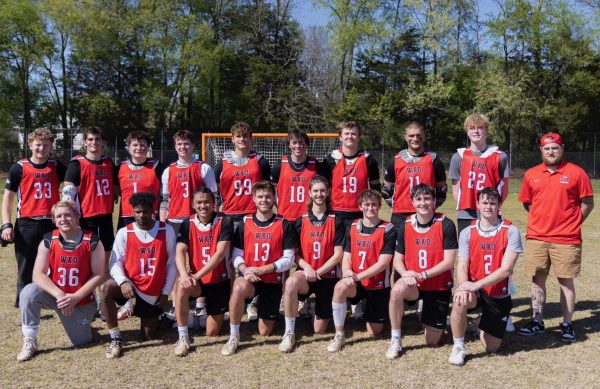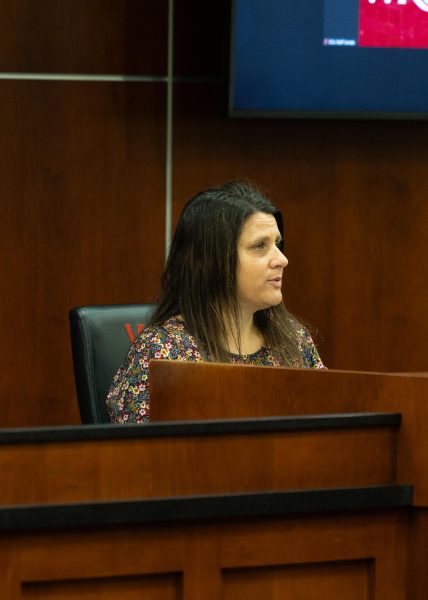WKU continues branding transition which started in 2007
March 1, 2011
Stacey Biggs doesn’t think the transition from “Western” to “WKU” will ever end.
But Biggs, WKU’s chief marketing officer, said creating national brand recognition is still a viable goal.
Biggs most recently addressed continued branding at a Feb. 9 staff council meeting. She said WKU is assessing the number of “old” logos on campus and around the city with the intent of removing them as soon as possible, according to meeting minutes.
“It’s an ongoing process,” Biggs said. “I see so many things, whether it’s clothing or signage or an article, that still says Western.”
Biggs said the latest round of sign replacements are in preliminary stages, with separate web and marketing councils set to create a faculty and staff handbook for future use. Known as the Communications and Branding Manual, Biggs said it will be a tool for those that aren’t familiar with consistent usage of WKU.
She said it will include specifications and guidelines on writing, using social media, working with media relations and ordering merchandise and promotional products.
“I’ve been around the university for more than 20 years now — as a student, as an alum and now as an employee — and you know, it’s just always been Western,” Biggs said. “So I understand that it’s really hard to get used to saying WKU.”
Biggs said that since the debut of WKU’s new logo in 2007, the university has actively sought stronger brand recognition.
She said the ultimate goal of the university is to influence the public to entirely deviate from referring to the university as Western or anything other than WKU.
“We’re trying to transition from all of those to just one way to say it and one way to show it, which is WKU,” Biggs said.
The athletic department has been a heavy proponent for several years for the switch to the WKU brand, said Todd Stewart, senior associate athletic director.
“Obviously in south central Kentucky if you say ‘Western,’ which a lot of people do, people know you’re referring to Western Kentucky University,” Stewart said. “But once you get out of the region … and you say, ‘I go to Western’ or ‘What was the score of the Western game?’, they’re not going to have any idea of what you’re talking about.”
He said WKU is not only what’s stitched on jerseys but also what the athletic department asks televising networks to use when referring to the university verbally and on on-screen graphics.
Though Stewart said most networks are compliant with the request, ESPN referred to WKU as “W. Kentucky” during last month’s televised game against North Texas.
“ESPN has a certain connotation for every school, and they’re reluctant to change that,” Stewart said. “For example, Oregon State would like to be referred to as OSU, but Ohio State is the only school ESPN refers to as OSU.”
While many are for the branding initiative, Faculty Regent Patricia Minter said she believes the money put toward the effort could be used more wisely.
She said brand recognition is important, but issues such as the impending budget reduction should take precedent.
“We’re putting all this money into replacing banners, but we’re closing down faculty searches,” Minter said.
Minter said the university should put the branding project on the back burner during this tough economic time.
“We need to remember what we’re here for,” Minter said. “We’re in the education business.”
Biggs said the re-branding initiative is such a long-term project that an exact dollar amount for costs can’t be determined at this time.
She said there won’t be many additional costs associated with the project, though, since many items, such as letterheads and weathered signs, would be replaced eventually anyway.

